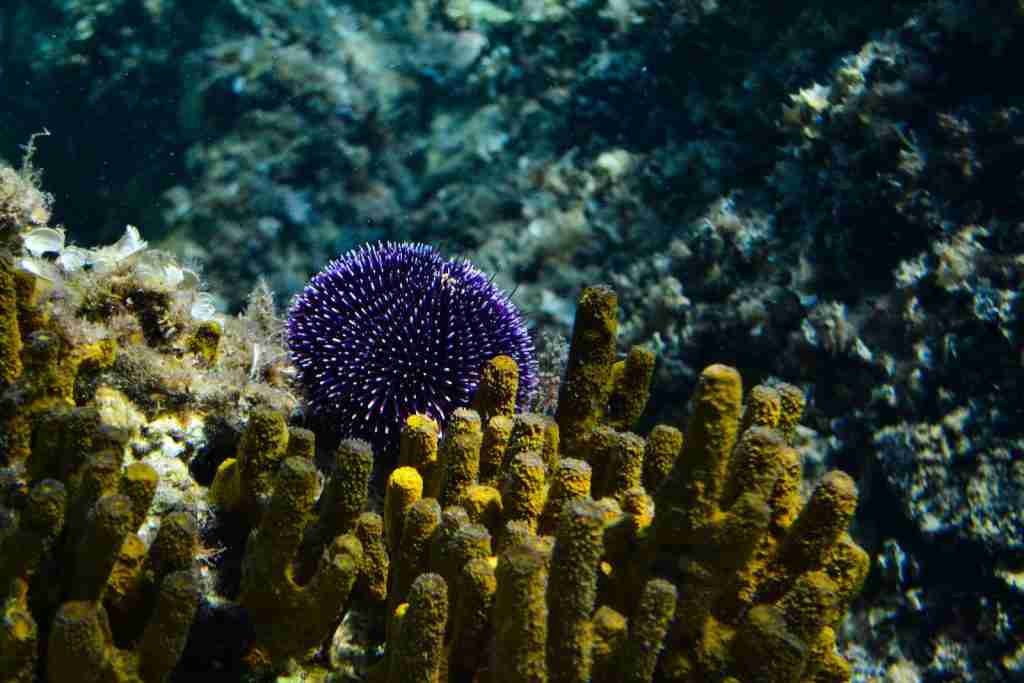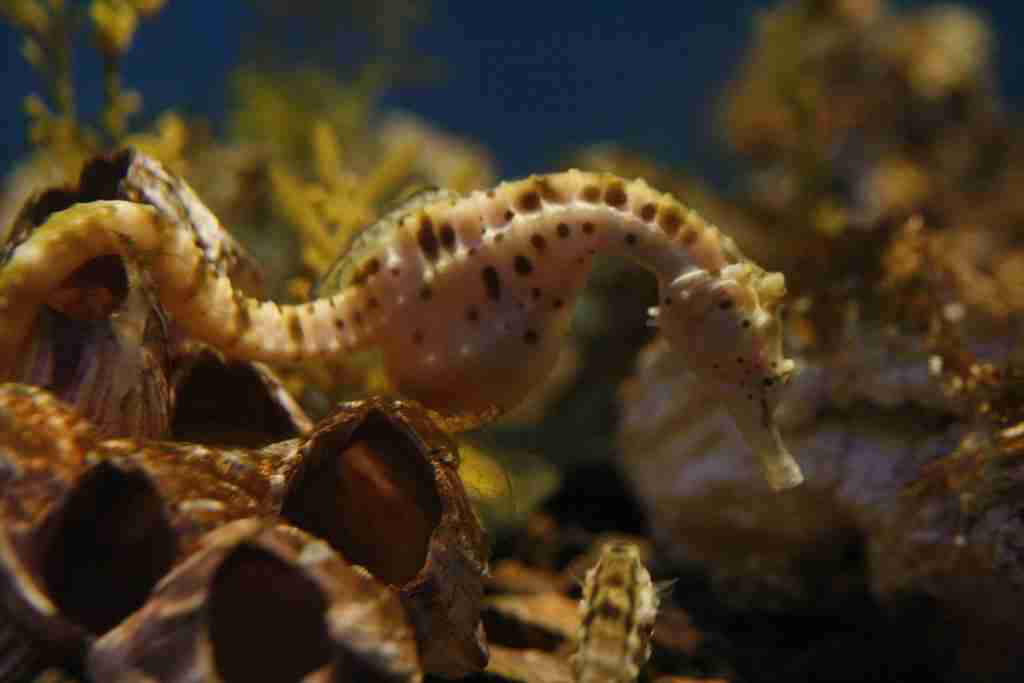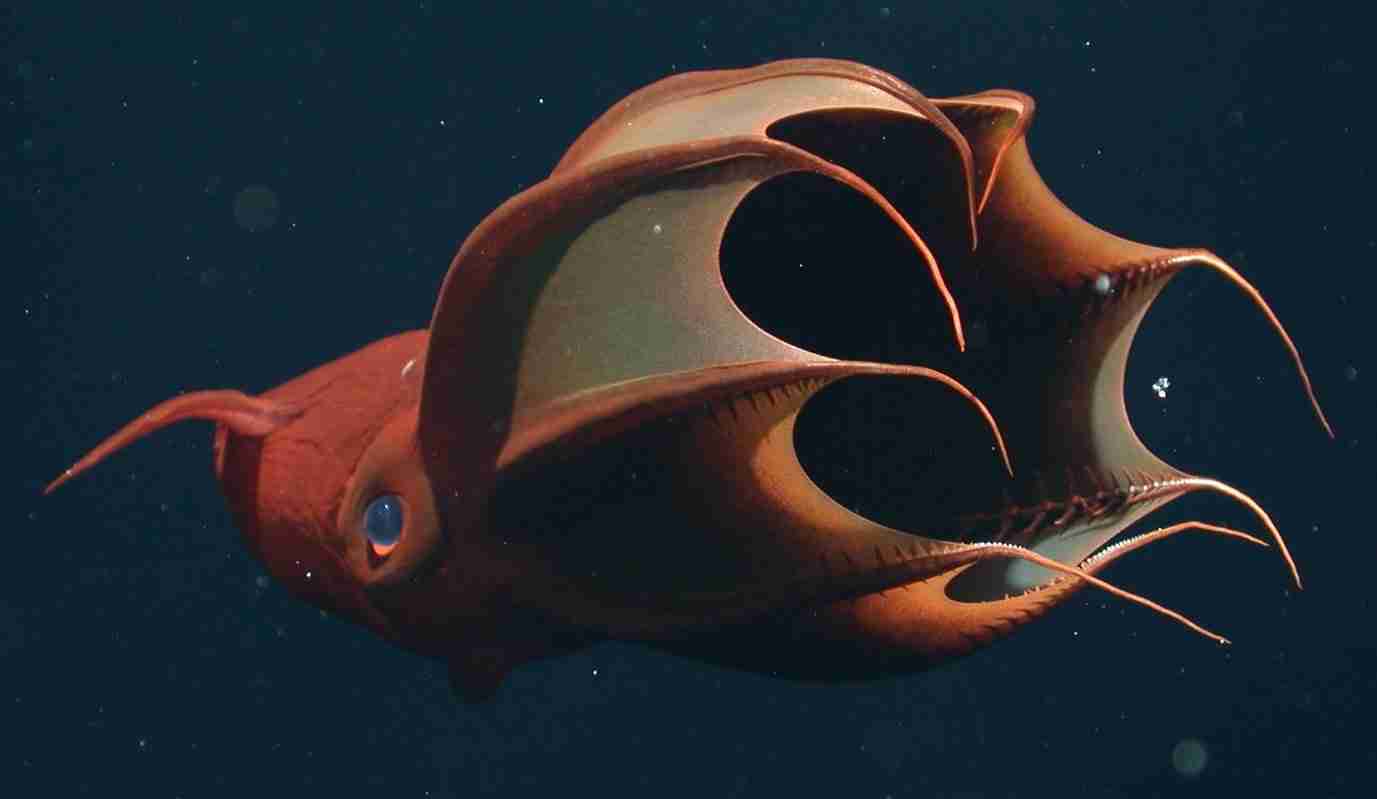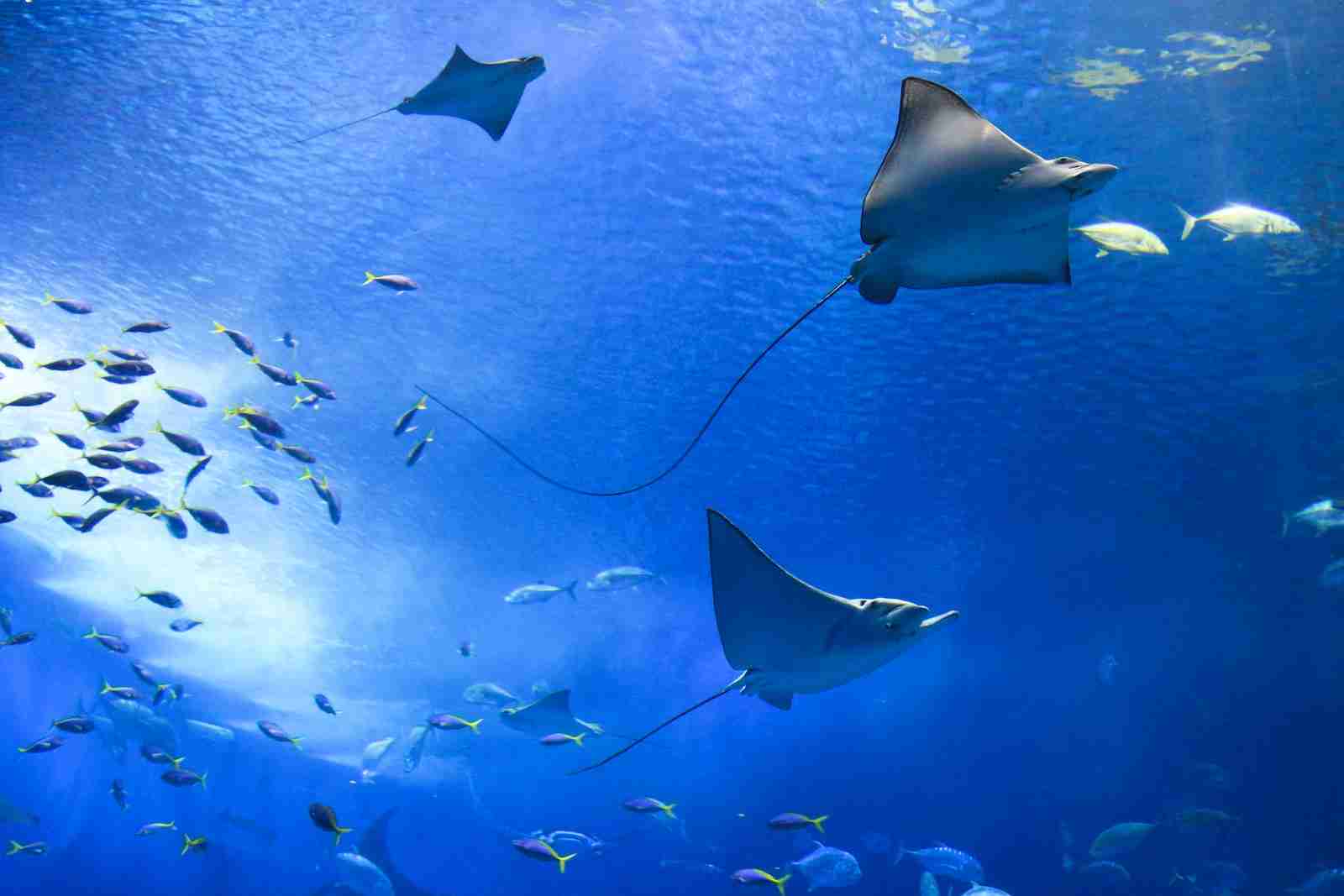10 Amazing Facts About Sea Animals | Deep-Sea Mysteries
1. Jellyfish are made up of 95% water.
Jellyfish, elegant yet mysterious, are made up of 95% water and are the simplest swimmers on Earth. Despite mostly water, they’re complex, with stinging cells on their tentacles for defense.
Lacking a heart, bones, or blood, they use basic nerves in their tentacles to sense touch, temperature, and salinity, functioning without a brain or central nervous system.
2. Sea sponges have no brain or organs and can rebuild themselves from just one cell.

Sea sponges, among the simplest multicellular organisms, lack heads, eyes, brains, limbs, and organs. Despite this, their specialized cells perform all vital biological functions.
Remarkably, a sea sponge can break down into a single cell and reassemble, potentially multiplying itself. They can even pass through a sieve and then reconstruct their form.
3. Oysters can switch genders back and forth, adapting for optimal mating conditions.
Oysters often start life as males and switch to females as they grow, aiding population growth. Sometimes, they possess both sex organs simultaneously. Females can produce half a billion eggs annually, while males generate three billion sperm.
They feed on algae from water passing over their gills and can change gender multiple times during their lifespan for effective reproduction.
4. Dolphins sleep with only half of their brain and one open eye.
Dolphins sleep uniquely, shutting down only half their brain and closing the opposite eye. This unihemispheric sleep allows them to rest while remaining semi-alert, swimming, and breathing.
The awake brain half keeps an eye open for predators and obstacles, ensuring their safety while sleeping. This adaptation is crucial for their survival in aquatic environments.
5. An Electric Eel can produce enough electricity to light multiple bulbs.
Electric eels, found in South America, can generate up to 860 volts, enough to light multiple 40-watt bulbs. They use this electricity to stun prey, emitting it in pulses.
After a strong shock, their electric organ needs time to recharge. Scientists are studying these eels’ electric cells as potential power sources for medical implants and small devices.
6. In seahorses, males get pregnant and give birth, not the females.

Seahorses, unique in the underwater animal kingdom, have males that get pregnant and give birth. They incubate embryos in a pouch similar to a mammal’s uterus. This adaptation allows females to produce more eggs while males carry the young, increasing survival chances.
Seahorses and their relatives, sea dragons, are the only species where male pregnancy occurs, sharing reproductive responsibilities.
7. The Slender snipe eel anus is actually on its throat.
The Slender snipe eel, found at depths of 1,000-2,000 feet, has an unusual anatomy with its anus located on its throat. It holds the record for the most vertebrae in his backbone, around 750.
As they mature, males shorten their jaws and lose teeth, possibly indicating sexual maturity. These eels, with birdlike beaks and tiny teeth, feed on shrimp by entangling their antennae.
8. Sea otters have a secret pocket of skin near their armpits for food storage.
Sea otters have unique underarm pockets in their fur where they store food and favorite rocks. These pockets allow them to keep their paws free for other activities.
They use these stored rocks to crack open mollusks and clams, making these pockets a handy tool for both carrying their finds and aiding in their feeding process.
9. Corals are animals, not plants or rocks, which is one of the 10 Amazing Facts About Sea Animals .
Corals, often mistaken for plants, are actually colonies of tiny invertebrate animals called polyps. These polyps, ranging from pinhead-sized to a foot in diameter, build hard, protective limestone skeletons around themselves.
Despite resembling brains, brain corals lack actual brains but can grow six feet tall and live for 900 years. Corals belong to the Cnidaria phylum, class Anthozoa.
10. The vampire squid can turn itself inside out when under attack.

The vampire squid, equipped with eight arms and a sensory filament, can uniquely defend itself by turning inside out when threatened. It curls its webbed arms over its body, revealing spiky appendages called cirri, and hides its glowing photophores.
This ‘pumpkin position’ helps it evade predators. Additionally, it can emit bioluminescent mucus from its tentacles for further protection.
FAQs
Every year, as per WWF reports, plastic pollution is estimated to kill 100,000 marine animals, affecting various species including marine mammals and all seven sea turtle species. This widespread issue impacts numerous marine life forms globally.
There are about 240,000 known marine species, with estimates suggesting up to 2 million more remain undiscovered. Covering 71% of Earth, the oceans likely hold over 91% of unclassified ocean species.
Scientists estimate around 33,600 fish species worldwide, inhabit diverse environments like oceans, rivers, and ponds. Neotropical freshwaters alone host over 5,600 species, making up about 10% of all vertebrate species on Earth.
Jellyfish wash up on shore often due to changes in sea temperature affecting their blooms, or currents and winds moving them en masse. Composed of 95% water, their survival on land is limited.
Coral reefs form when coral larvae attach to submerged rocks or hard surfaces, growing into structures like fringing, barrier, or atoll reefs. Composed of numerous polyps, each secretes a limestone skeleton, building the reef.







